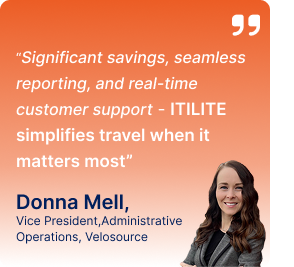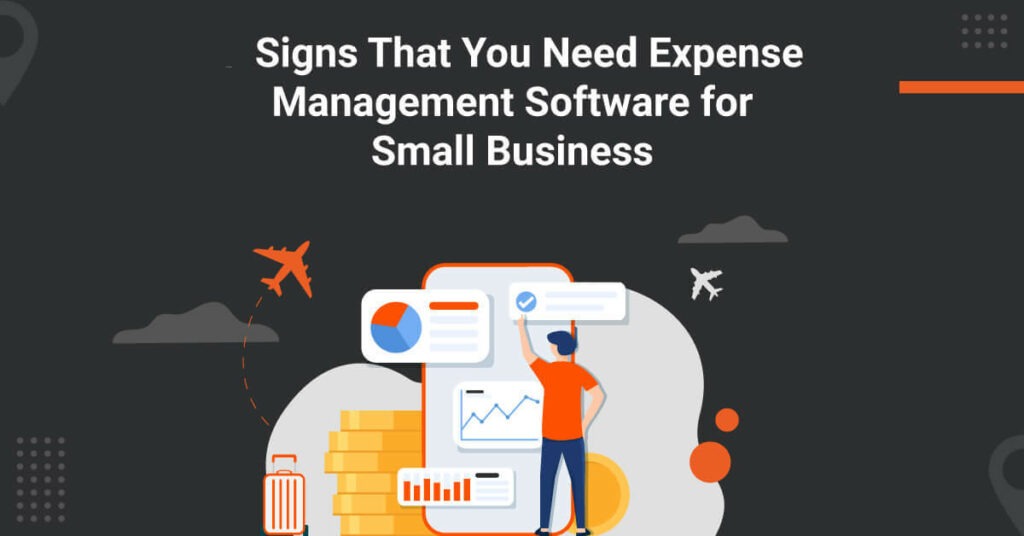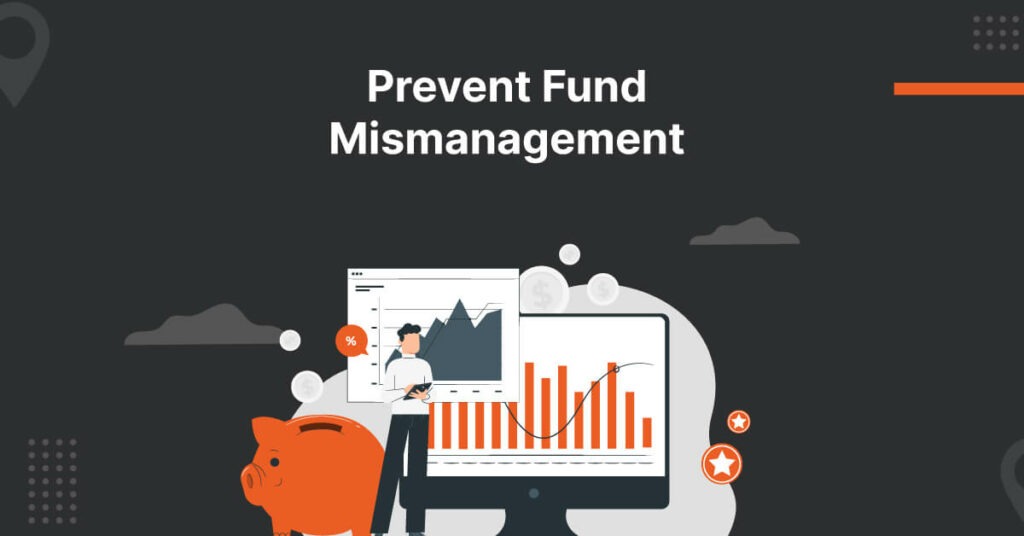
In the fast-paced and competitive world of retail, effective expense management is a critical component for achieving sustainable growth. Every penny spent must be accounted for and optimized to ensure that your business survives and thrives. The retail landscape and the challenges associated with expenses are constantly evolving. As a retail business owner or manager, you understand that every penny spent plays a role in shaping your bottom line.
Hence, in this blog, we will delve into the intricacies of expense management in the retail industry, exploring how analyzing expenditures can pave the way for unprecedented growth.
Understanding the Importance of Expense Management
Expense management is the process of monitoring, controlling, and optimizing the costs associated with running a business. In the retail sector, where profit margins can often be slim, effective expense management in retail becomes paramount. It’s not just about cutting costs; it’s also about allocating resources strategically to drive growth.
Identifying Different Expense Categories
To effectively manage expenses, it’s crucial to categorize them. Expenses in the retail industry can be broadly divided into three categories:
- Operational expenses: These include day-to-day costs such as rent, utilities, salaries, and maintenance. These are necessary for the basic functioning of the business.
- Cost of Goods Sold (COGS): This refers to the expenses directly related to producing goods or purchasing products for resale. It includes factors like raw materials, manufacturing costs, and packaging.
- Marketing and growth expenses: These encompass advertising, promotions, and other marketing initiatives aimed at expanding the customer base and increasing sales.
Setting a Budget and Tracking Variance
Creating a well-defined budget is the cornerstone of expense management in retail. By setting a budget for each expense category, you establish a clear framework for spending. Regularly tracking actual expenses against the budgeted amounts allows you to identify areas where overspending might occur and make timely adjustments.
Challenges in Expense Management
Expense management in retail industry comes with specific challenges that must be addressed. Let’s look at the most common challenges:
Changing Consumer Behaviour: Consumer preferences and behaviors are constantly changing, influenced by economic conditions and technological advancements. To effectively manage expenses, retailers must stay attuned to these changes and adapt their strategies accordingly.
Rising Operational Costs: Operational expenses, such as rent and utilities, can eat into profits. Retailers must be vigilant about rising costs and explore opportunities for cost-saving measures, such as energy-efficient lighting or renegotiating lease agreements.
E-commerce and Omnichannel Challenges: The rise of e-commerce and the demand for seamless omnichannel experiences have added complexity to expense management in retail. Balancing the costs of maintaining physical stores with the investments required for a solid online presence requires careful planning.
Competitive Pricing Pressure: In a competitive market, pricing is crucial in attracting customers. However, aggressive price-cutting can erode profit margins. Retailers must strike a balance between offering competitive prices and maintaining healthy profitability.
How You Can Analyze Expenditures for Growth
Analyzing expenditures is crucial to knowing the growth trajectory of your retail business. Here are some ways in which you can do it:
- Data-driven decision making
In this digital age, data is your greatest asset. Retail businesses generate vast amounts of data daily, from sales figures to customer preferences. Leveraging this data can provide insights into spending patterns, identifying trends and anomalies that can guide informed decision-making. Analytics tools can help you visualize and interpret this data effectively. Implementing robust data analytics tools allows you to monitor key performance indicators (KPIs), track trends, and make informed decisions backed by solid evidence. Whether identifying cost-saving measures or reallocating funds to high-growth areas, data-driven insights are your most powerful tool.
- Prioritizing Expenditures
Not all expenses are created equal. Some expenses directly contribute to revenue generation, while others are necessary for operational efficiency. By categorizing expenses based on their impact, you can prioritize spending on areas that bring the most value. For instance, investing in innovative technology to enhance the customer shopping experience could yield higher returns than a disproportionate focus on operational costs.
- Supplier Relationship Management
Effective expense management in retail involves nurturing solid relationships with suppliers. Negotiating favorable terms, bulk discounts, and timely payment arrangements can significantly impact your bottom line. Regularly reviewing and benchmarking suppliers can help ensure you’re getting the best deals possible.
- Inventory Management
For retailers, inventory can tie up a substantial amount of capital. Overstocking or understocking products can lead to unnecessary expenses. You can optimize inventory levels by analyzing sales data, seasonality, and market trends. This reduces storage costs and the risk of holding obsolete stock.
- Technology Investment
Investing in technology solutions tailored to your business needs can streamline operations and reduce costs in the long run. Point-of-sale systems, inventory management software, and data analytics tools can provide actionable insights to make informed decisions.
- Cost Cutting vs. Strategic Spending
While cutting costs is a natural inclination during tough times, it’s important to distinguish between cost-cutting and strategic spending. Blindly slashing expenses without considering the long-term impact on growth can lead to a compromised customer experience and diminished brand value. Instead, focus on eliminating wasteful expenditures and reallocating resources to revenue-driven initiatives. Strategic spending, guided by data insights, ensures your retail business remains competitive and poised for growth. This, in turn, ensures a proper expense management in retail.
- Sustainability and Growth
Sustainable business practices are not just environmentally conscious – they can also contribute to long-term growth. Analyzing your expenses through a sustainability lens can uncover opportunities to reduce energy consumption, minimize waste, and optimize resource utilization. Customers increasingly favor businesses that align with their values, and adopting sustainable practices can enhance your brand’s reputation and attract a loyal customer base.
Expense Management In Retail is a Necessity
Expense management in the retail industry is a multifaceted endeavor that requires careful planning, data-driven decision-making, and adaptability. Analyzing expenditures helps control costs and sets the stage for sustainable growth. By categorizing expenses, prioritizing investments, and leveraging technology, retailers can navigate challenges and seize opportunities in a dynamic market.
If you’re looking for ways to manage your retail expenses, itilite can help you with that. itilite is an advanced corporate travel management company that assists companies in expense management. Our expense management software leverages state-of-the-art features such as detecting areas of cost leakages, complying with expense policies, identifying frauds, and automating the entire expense reporting process. By choosing itilite, you streamline your processes and gain a strategic partner dedicated to your financial success.
To experience the various benefits, book a free demo with us right now!












